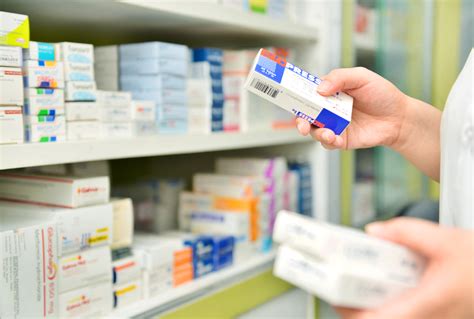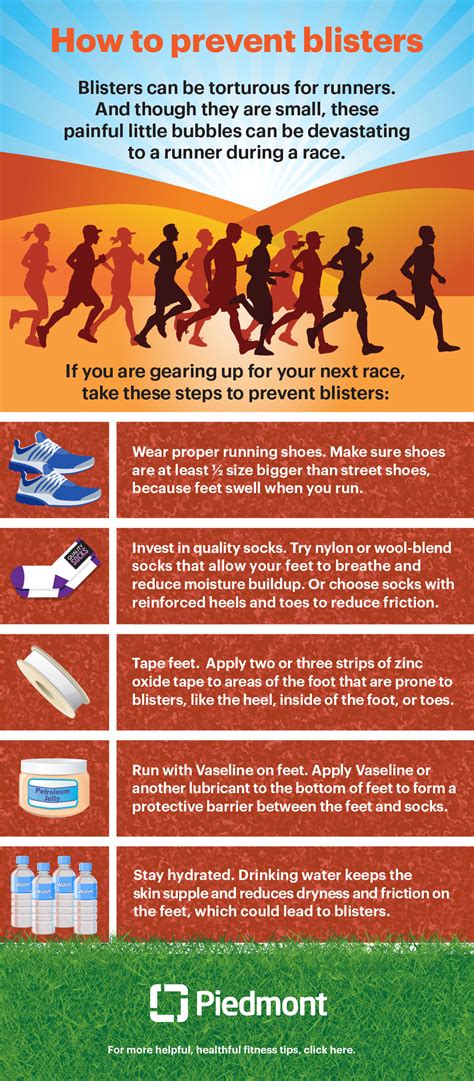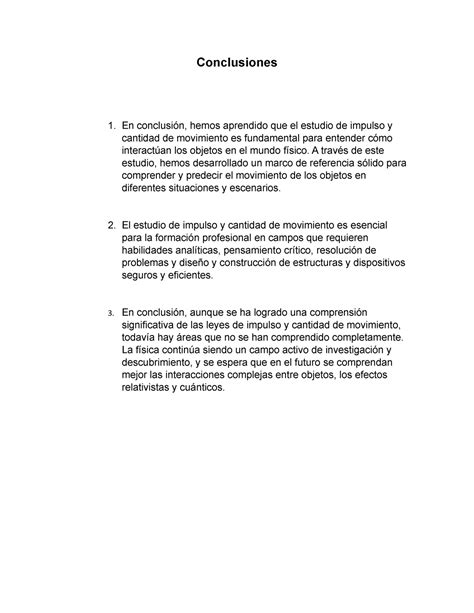Intro
Treat blisters effectively with 5 proven methods, including prevention techniques, home remedies, and wound care tips to reduce friction, ease pain, and promote healing for foot, toe, and heel blisters.
Blisters are a common ailment that can be painful and frustrating, especially for individuals who engage in regular physical activity or wear ill-fitting shoes. These fluid-filled bubbles on the skin can be caused by friction, burns, or other forms of skin irritation. While they can be uncomfortable, there are several ways to treat blisters and promote healing. In this article, we will explore the importance of proper blister care and provide guidance on how to treat blisters effectively.
Blisters can occur anywhere on the body, but they are most commonly found on the feet, hands, and toes. They can be caused by a variety of factors, including friction from shoes or clothing, burns, or exposure to extreme temperatures. When a blister forms, it can be painful and may make it difficult to perform daily activities. However, with proper treatment, blisters can heal quickly and easily. It is essential to take care of blisters promptly to prevent infection and promote healing.
Preventing blisters is always better than treating them, but sometimes they can be unavoidable. When a blister does form, it is crucial to take the right steps to care for it. This includes keeping the blister clean and dry, avoiding popping or bursting it, and applying topical creams or ointments to promote healing. By taking these steps, individuals can help their blisters heal quickly and reduce the risk of infection. In the following sections, we will delve deeper into the different ways to treat blisters and provide tips for preventing them from forming in the first place.
Treating Blisters with Home Remedies

Another way to treat blisters at home is to use a warm compress. Soaking the blister in warm water can help bring the fluid to the surface, making it easier to drain. This can also help reduce pain and swelling. It is essential to be careful when using warm compresses, as excessive heat can cause the blister to burst. By applying a warm compress for a few minutes at a time, individuals can help promote healing and reduce discomfort.
Benefits of Home Remedies
Using home remedies to treat blisters has several benefits. For one, they are often inexpensive and easily accessible. Many of the ingredients used in home remedies, such as aloe vera gel and tea tree oil, can be found in most pharmacies or health food stores. Additionally, home remedies can be just as effective as over-the-counter treatments, making them a great alternative for individuals who prefer natural remedies.Using Over-the-Counter Treatments

Another over-the-counter treatment that can be used to treat blisters is a blister shield or bandage. These adhesive bandages can help protect the blister from further irritation and friction, promoting healing and reducing discomfort. By applying a blister shield or bandage to the affected area, individuals can help their blisters heal quickly and easily.
Choosing the Right Over-the-Counter Treatment
When choosing an over-the-counter treatment for blisters, it is essential to consider the severity of the blister. For mild blisters, a hydrocortisone cream or antibiotic ointment may be sufficient. For more severe blisters, a blister shield or bandage may be necessary. It is also essential to follow the instructions carefully and avoid overusing the treatment, as this can lead to further irritation and delay healing.Preventing Blisters from Forming

Another way to prevent blisters is to wear moisture-wicking socks. These socks can help keep the feet dry, reducing the risk of blisters. Additionally, applying a moisturizer to the skin can help keep it hydrated and reduce the risk of blisters. By taking these steps, individuals can help prevent blisters from forming and reduce the risk of discomfort and pain.
Tips for Preventing Blisters
Here are some additional tips for preventing blisters: * Wear properly fitting shoes * Wear moisture-wicking socks * Apply a moisturizer to the skin * Avoid excessive friction or irritation * Wear protective gear, such as gloves or bandages, when engaging in activities that may cause blistersTreating Blisters with Medical Attention

A doctor can provide further treatment and guidance on how to care for the blister. This may include prescribing antibiotics or applying a topical cream or ointment. In some cases, the doctor may need to drain the blister or provide further treatment to promote healing.
When to Seek Medical Attention
It is essential to seek medical attention if a blister becomes infected or does not heal with treatment. Here are some signs that a blister may be infected: * Redness or swelling around the blister * Pus or discharge from the blister * Increased pain or discomfort * Fever or chillsConclusion and Final Thoughts

We hope this article has provided you with helpful information on how to treat blisters. If you have any further questions or concerns, please do not hesitate to reach out. We would love to hear from you and help you in any way we can. Please share this article with anyone who may be experiencing blisters, and let's work together to promote healing and reduce discomfort.
What causes blisters to form?
+Blisters can be caused by friction, burns, or other forms of skin irritation. They can also be caused by wearing ill-fitting shoes or clothing.
How can I prevent blisters from forming?
+Preventing blisters from forming is always better than treating them. One of the most effective ways to prevent blisters is to wear properly fitting shoes and moisture-wicking socks. Applying a moisturizer to the skin can also help keep it hydrated and reduce the risk of blisters.
When should I seek medical attention for a blister?
+It is essential to seek medical attention if a blister becomes infected or does not heal with treatment. Signs of infection include redness, swelling, and pus. If a blister is severe or does not heal with treatment, it may also be necessary to seek medical attention.
How can I treat a blister at home?
+There are several home remedies that can be used to treat blisters. One of the most effective ways to treat blisters is to apply a topical cream or ointment, such as aloe vera gel or tea tree oil. Soaking the blister in warm water can also help bring the fluid to the surface, making it easier to drain.
What are some over-the-counter treatments for blisters?
+In addition to home remedies, there are several over-the-counter treatments that can be used to treat blisters. Hydrocortisone cream, for example, can help reduce inflammation and itching. Similarly, antibiotic ointments can help prevent infection. Blister shields or bandages can also be used to protect the blister from further irritation and friction.
